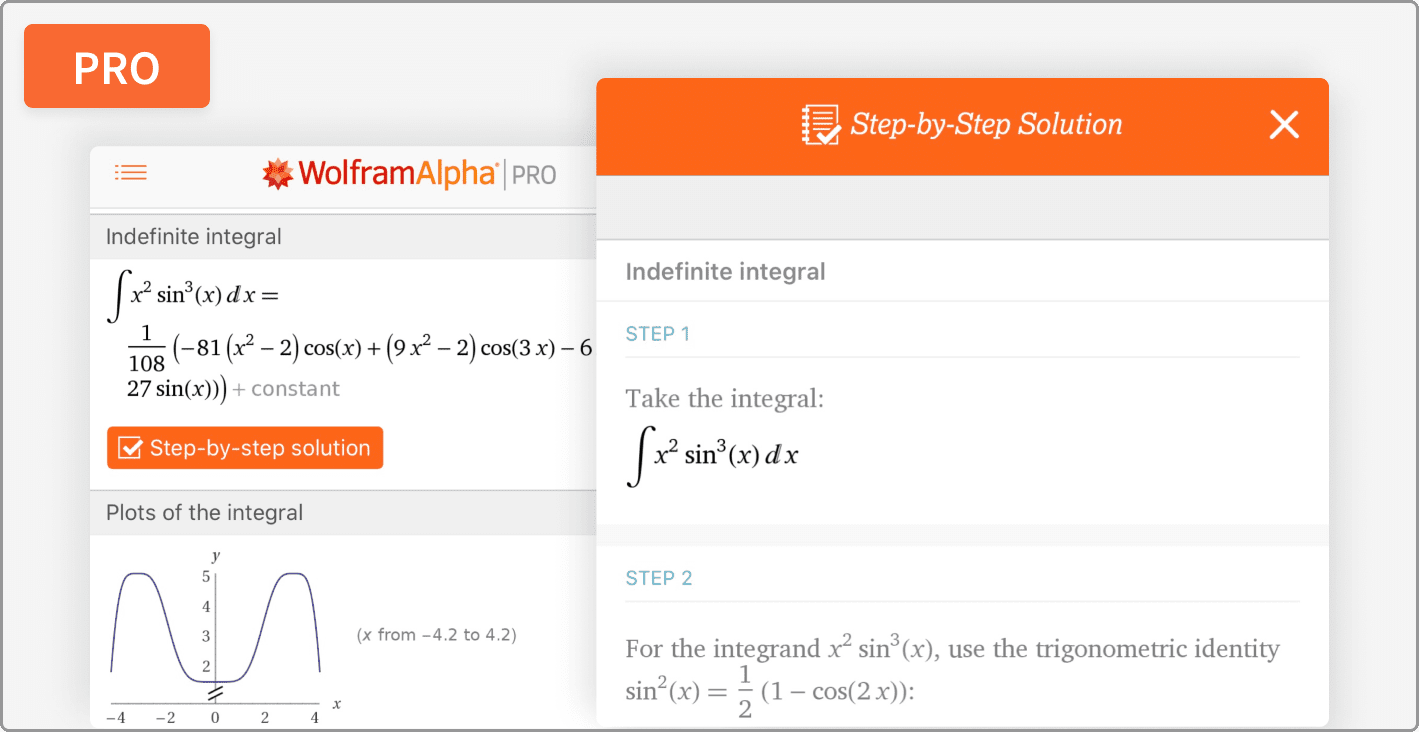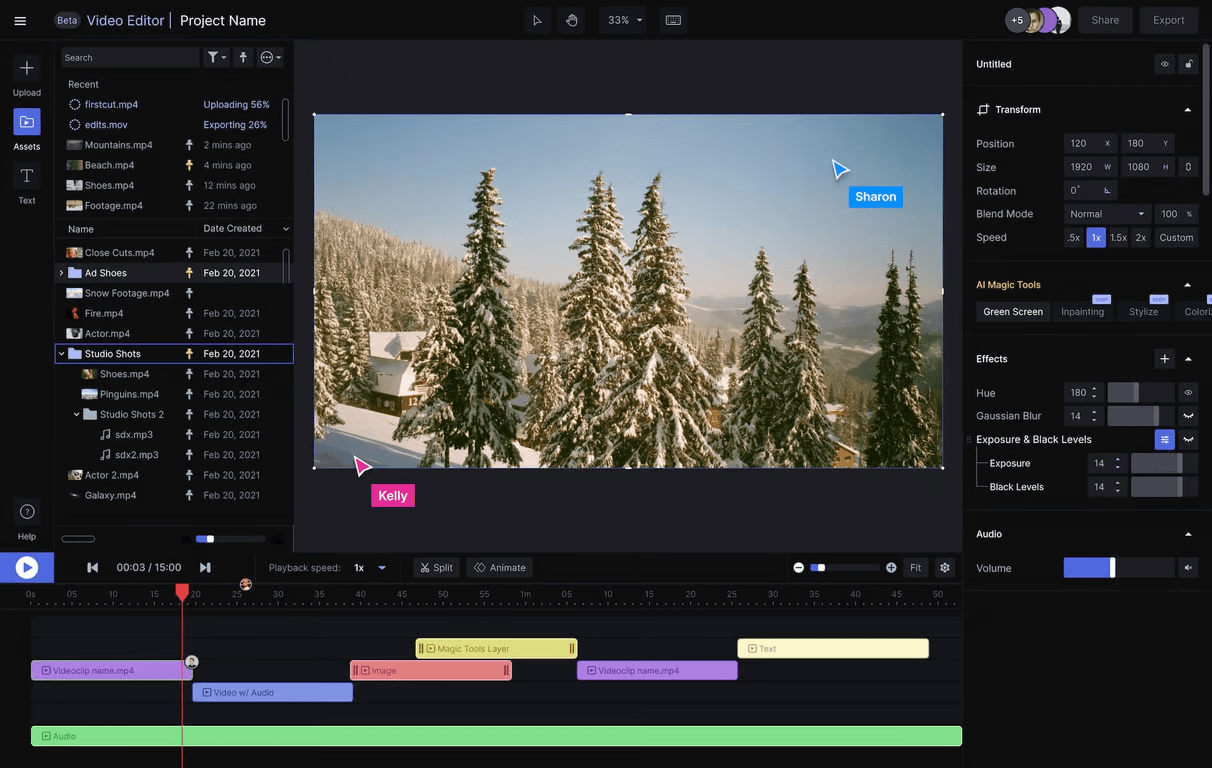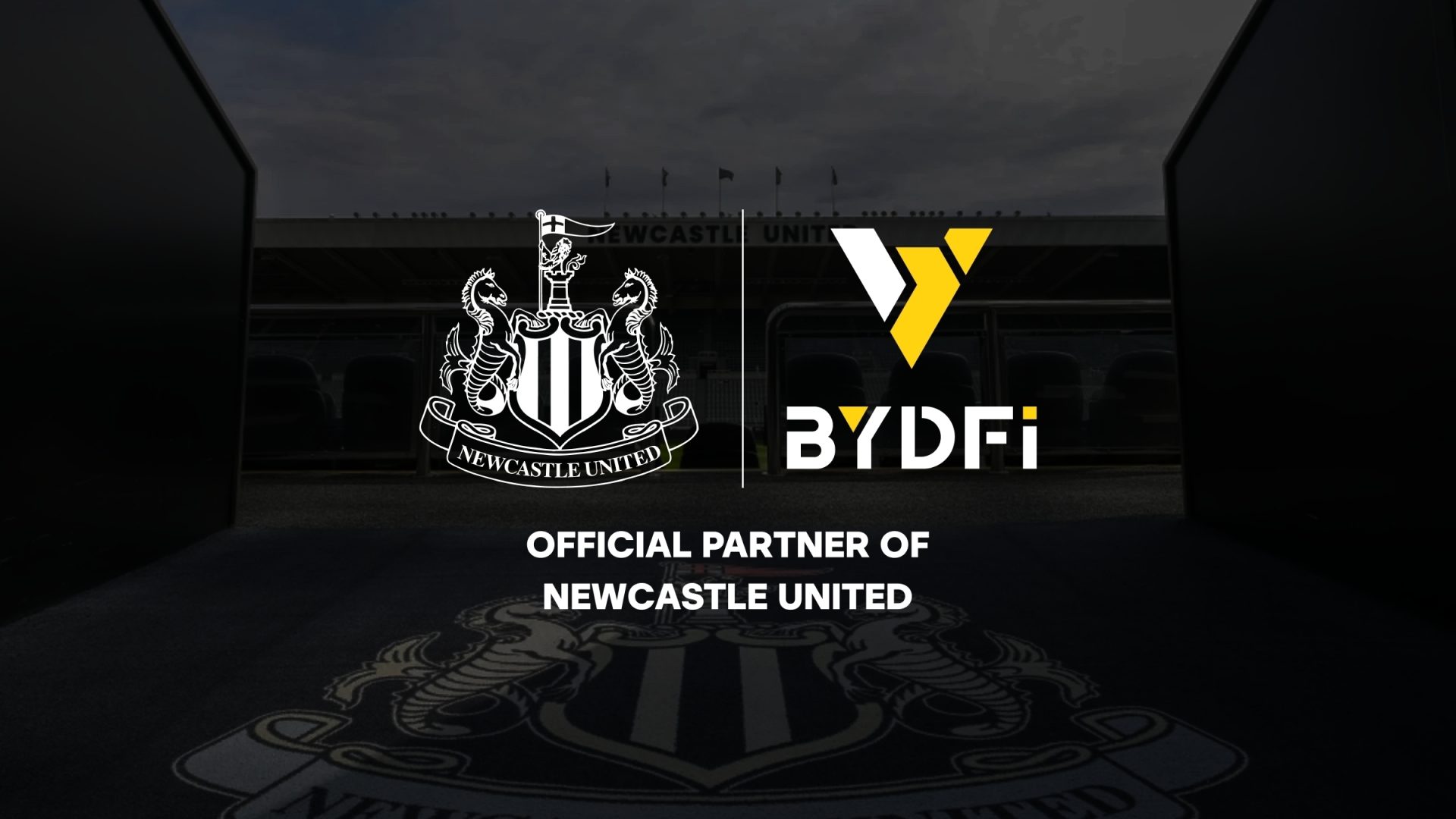When training AI or ML models, throughput decides how quickly you receive outcomes. By selecting the correct GPU provider right from the start itself, you can access hardware and tools that enhance performance.An optimized GPU infrastructure helps save time, speed up experiments, and deploy ideas much faster. Let’s understand how you can maximise throughput for AI and ML with optimised GPU infrastructure:
Provide Direct Hardware Access for Steady Throughput
Select Dedicated or BareMetal servers to provide your workload unrestricted access to GPU hardware. Raw access blocks virtualisation overhead and leaves memory and bandwidth free for use during peak times. Predictable hardware behaviours help complete long training jobs without any pauses or slowdowns, ensuring effective throughput and reducing compute time.

Provide a Constant Supply of Work for Increased Throughput
Build your data pipeline so your computing resources never have to wait for data. Using cloud solutions with high-speed interconnects, such as NVLink or PCIe Gen4, ensures tensors are transferred quickly between devices. Combine that with local NVMe storage and parallel data loaders to keep large datasets ready in memory. In the event of smooth data flow, GPUs can ingest more work and process larger batches seamlessly.
Keep the Communication Speed Between Devices Fast
If you train on multiple machines or GPUs, it is highly important to keep their communication fast. That’s where NCCL and RDMA can assist you because they pass gradients between devices without lag, keeping your training smooth and fast. But first test your environment in small scale and make adjustments before performing big jobs. The optimal GPU supplier can also provide you with optimised networking and tools to maintain performance levels constant.
Keep GPUs Busy With Efficient Training Approaches
You can further leverage mixed precision training and tensor cores to speed up calculations you are conducting. Experiment with approaches such as gradient accumulation and batch packing to compress your workload into available memory. Also, to keep your GPUs always busy, ensure that data loading and computation are happening simultaneously. When GPUs are constantly working, you get faster results and save valuable time.
Even if you use the correct hardware, data flow, and training procedure, your GPUs will be at their peak performance only when your operations are optimized. If you regularly update drivers, libraries, and firmware in all the systems, you will be able to achieve consistent performance. Also, to identify and correct any mistakes, observe the memory consumption of the GPU, execution times, and loading of data. Following these practices ensures your GPUs stay busy, communicate efficiently, and deliver steady high throughput as your AI and ML workloads grow.
Choosing a trusted GPU provider, such as TATA Communications, who offer GPU-as-a-Service and 24/7 assistance, can help you achieve the above and keep your GPU infrastructure optimised. They help align your infrastructure with your goals and deliver predictable, high-speed results. Remember, start slowly, measure the wins, and improve as you go.







